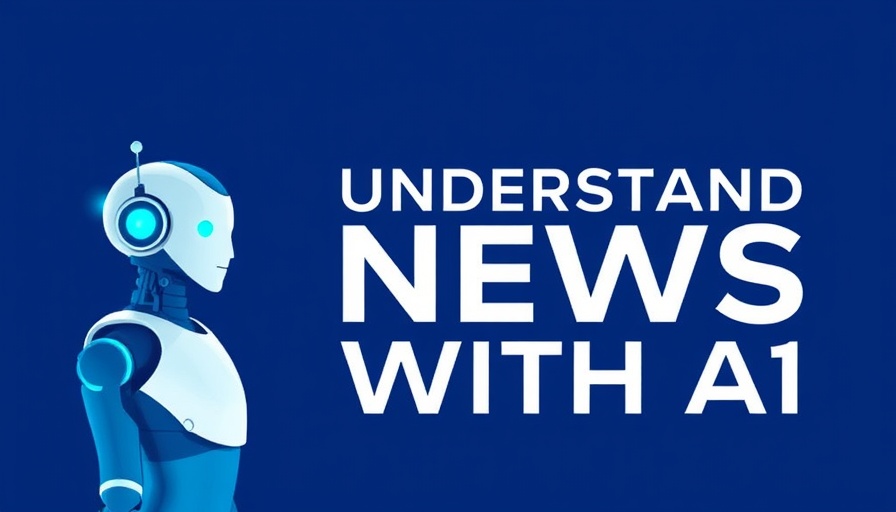
Google Cloud and OpenAI: A New Era in AI Infrastructure
The tech industry is witnessing a seismic shift, particularly with the recent partnership between Google Cloud and OpenAI. This collaboration is pivotal as both companies position themselves strategically in the rapidly evolving landscape of artificial intelligence (AI). Google Cloud's impressive 32% revenue increase in Q2 2025, which surged to $13.6 billion, is largely due to its alignment with OpenAI's ever-growing demand for computational resources.
The Dual Nature of the Partnership
During Google's Q2 earnings call, CEO Sundar Pichai elaborated on how this strategic alliance offers advantages while simultaneously presenting challenges. The partnership not only supplements Google's revenue stream but also poses a potential threat to its search business, as OpenAI's advancements in generative AI, particularly with models like ChatGPT, could draw users away from traditional search platforms. Yet, by securing OpenAI as a key client, Google Cloud strengthens its foothold in a market segment projected to thrive amidst escalating AI demands.
Resource Sharing in a Competitive Landscape
This collaboration underscores a broader trend where tech giants are increasingly sharing resources. The scarcity of advanced computing infrastructure and the rising costs associated with developing robust AI systems necessitate partnerships that can pool capabilities. OpenAI’s reliance on Google’s powerful Nvidia GPUs and Tensor Processing Units not only enables them to fine-tune their AI models but allows Google Cloud to gain a competitive edge across the $13.6 billion AI infrastructure market.
Broader Industry Trends: Navigating Competition and Collaboration
The delicate balance of competition and collaboration is evident. OpenAI, which previously relied heavily on Microsoft's Azure for its operational needs, is diversifying its cloud services by tapping into Google’s expansive infrastructure. This move not only mitigates supply chain risks but also reflects a vital pivot in industry dynamics—where companies must be agile and adaptive to survive. Analysts suggest this trend could lead to faster R&D cycles and potentially revolutionary advancements in AI capabilities.
The Future Implications for AI Models
As Google Cloud bolsters its infrastructure to support OpenAI, the implications for the AI ecosystem are profound. The partnership could accelerate the trajectory of next-generation AI models, intensifying competition further in a space already dominated by tech heavyweights like Microsoft and Amazon. Google’s Gemini and its AI Overviews, boasting staggering user bases of 450 million and 2 billion respectively, will face magnified pressures to effectively monetize their offerings.
Conclusion: Embracing Innovation Amidst Rivalry
As we look toward the future, this partnership between Google Cloud and OpenAI embodies a fascinating paradox: Google invests in a rival that could potentially disrupt its core business while simultaneously opening new avenues for revenue in AI infrastructure. It’s an emblem of our times, illustrating how technological necessities drive organizations to collaborate despite competitive tensions. The rapid evolution of AI demands that companies remain adaptable and innovative, laying the groundwork for a future rich with possibilities. As industries navigate this exciting landscape, the success of such collaborations may very well shape the next chapter in AI development.
 Add Row
Add Row  Add
Add 




Write A Comment